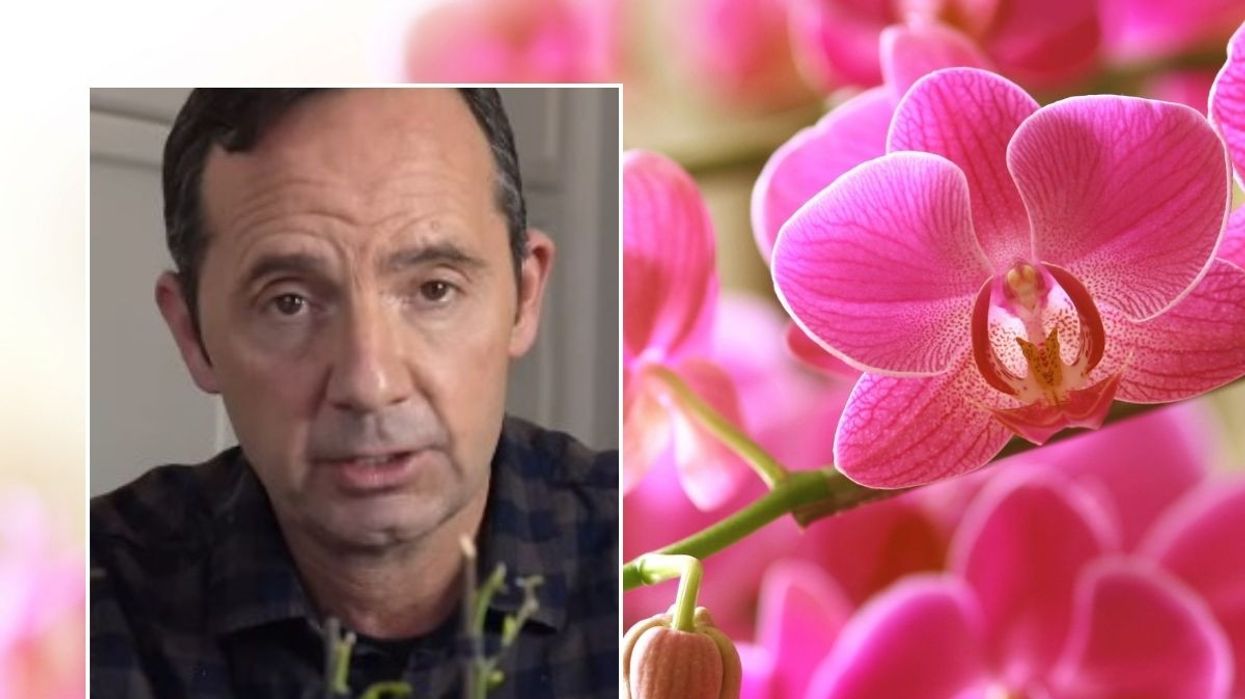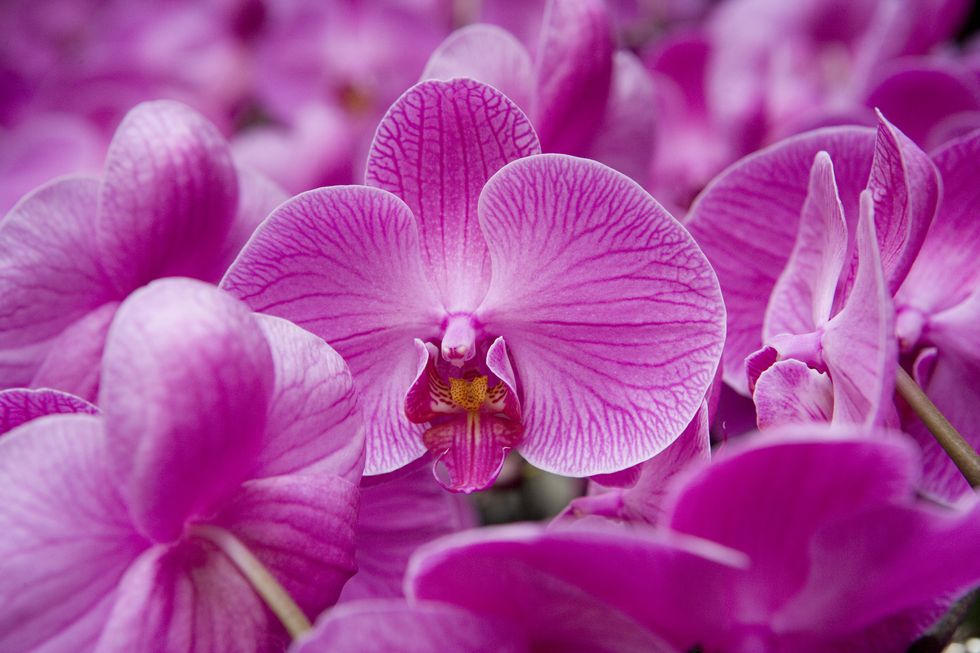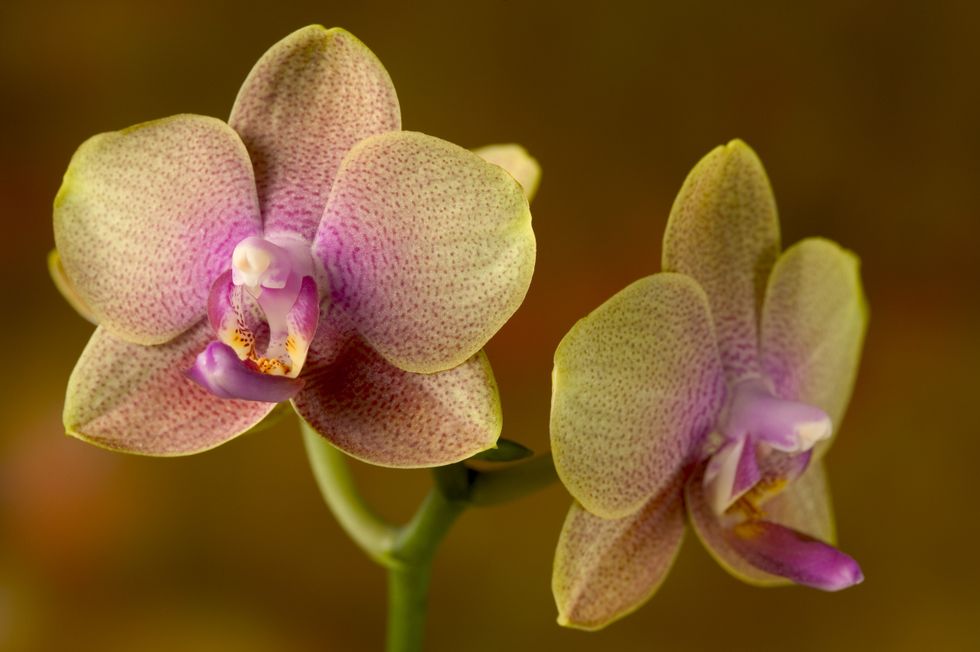Orchid hack: Expert-approved method 'stimulates additional growth and flowers' within a few months

Too much light and fertiliser can compromise the growth of orchids
|GETTY

For continual flowering several conditions must be met, a gardener has shared
Don't Miss
Most Read
Orchids can be intimidating, but as long as gardeners give them the right care, they’ll be rewarded with flowers year after year.
As petals begin to wilt small interventions can help channel the plant's energy into new growth, according to a gardening enthusiast.
The tip comes from seasoned gardener Frank Ferragine, of Frankie Flowers, who shares his pearls of wisdom on YouTube.
“Now the orchids finished blooming. How do we get it to rebloom? First of, when they finish their bloom, it’s about the stem or spike," he said.

Too much light and fertiliser can compromise the growth of orchids
| GETTY“An option is to remove that spike completely. So you can go right down to the base just on top of where the plant is and remove the spike.
“The other thing you can do is go along the plant and look for a node. Nodes are those little bumps that stick out of the side, and we can prune above that node.
“That’ll stimulate some additional growth and stimulate flowers. This is going to take usually a few months before it’s going to send a new spike up.
“The key is we want to allow it to dry out a little bit further, we cannot stress that plant a little bit and we want to put it in a room where the temperature is a little cooler at night."
Orchids will reward their owners with beautiful decorative blooms every few months if provided with the right care.
What many people get wrong when caring for orchids is providing too much food and lighting, throwing the plant off balance.
“Most orchids can rebloom with ease, and the number one reason why people can never get an orchid to bloom, is they’re just giving it too much water, too much fertiliser, and too much care," explained Frank.
“Cut back on the water, but back on the fertiliser, cooler nights, and it’ll stimulate that new flower spike.”
A happy and healthy orchid can be expected to rebloom every eight to 12 months, with some varieties flowering again in the same season.
The plants belong to one of the biggest plant families, comprising more than 2,500 species. Some are more likely to rebloom than others.
LATEST DEVELOPMENTS

Orchids thrive in humid conditions
| GETTYAccording to gardening experts at Gardenia, the following species are suitable for novice orchid enthusiasts:
- Cattleya
- Cymbidium
- Cypripedium
- Dendrobium
- Masdevallia
- Miltoniopsis
- Oncidium
- Paphiopedilum
Increasing light levels will facilitate the flowering of orchids if the plant is placed farther from a window, preferably within an East or West Exposure.
Experts at the Royal Horticultural Society explained: “Some orchids are difficult to coax into bloom more than once, especially if you’re growing them in the house.
“But there’s one easy trick that helps enormously: make sure the temperature at night is lower than the day temperature.”










